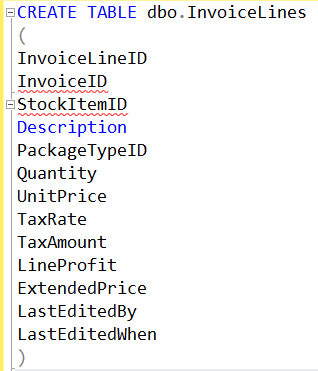Shortcut: Replace Tabs with Spaces and do Macro-like work in SSMS using Regular Expressions
There are so many useful things in SQL Server Management Studio (SSMS) and daily, I come across users who aren’t aware of common useful functions.
A request that I hear all the time, is “I don’t like tabs but insert name of annoying colleague here decided he likes to use them. How do I remove them?” Now SSMS allows you to choose to use spaces instead of tabs (in Tools > Options) but that doesn’t fix existing tabs.
2017-11-30

